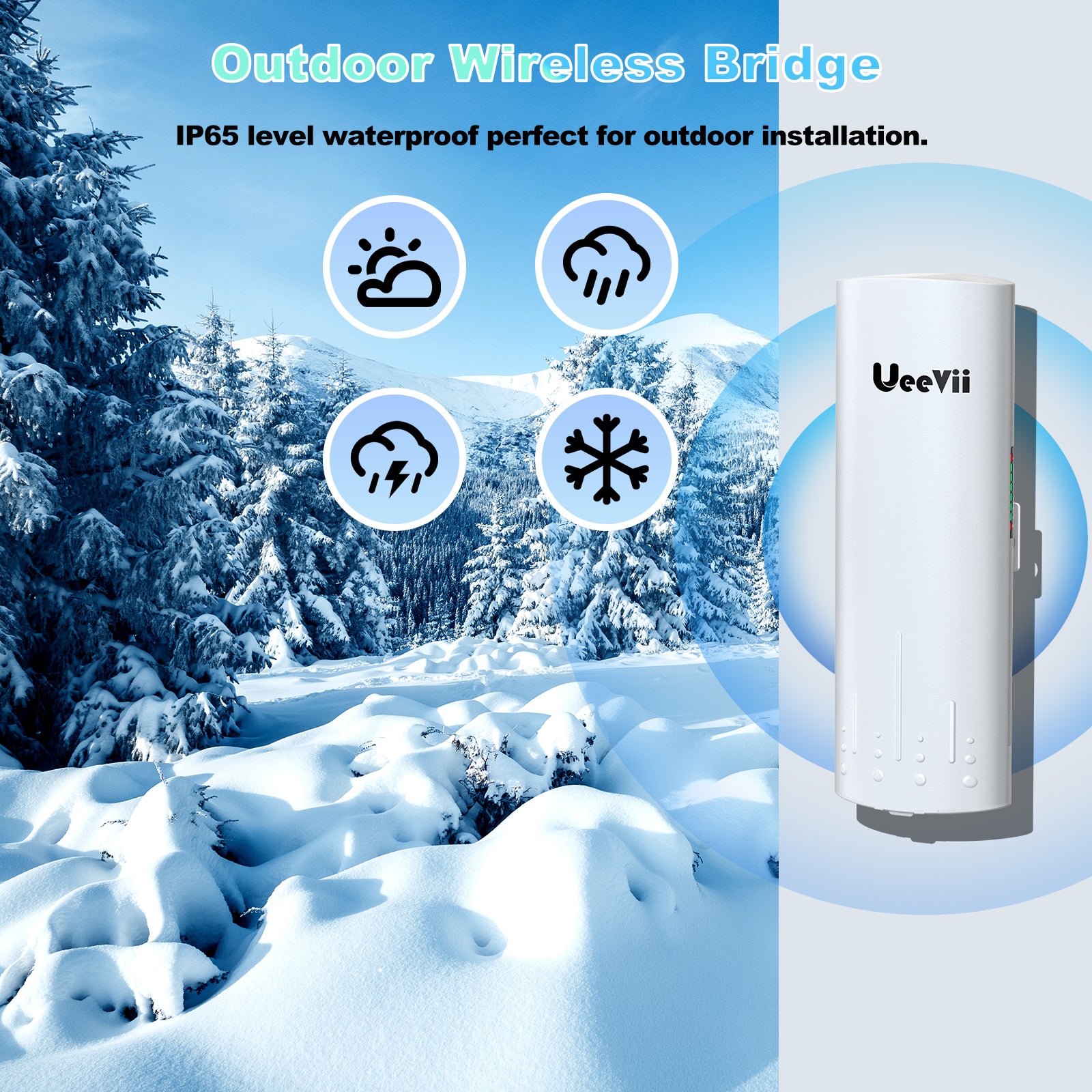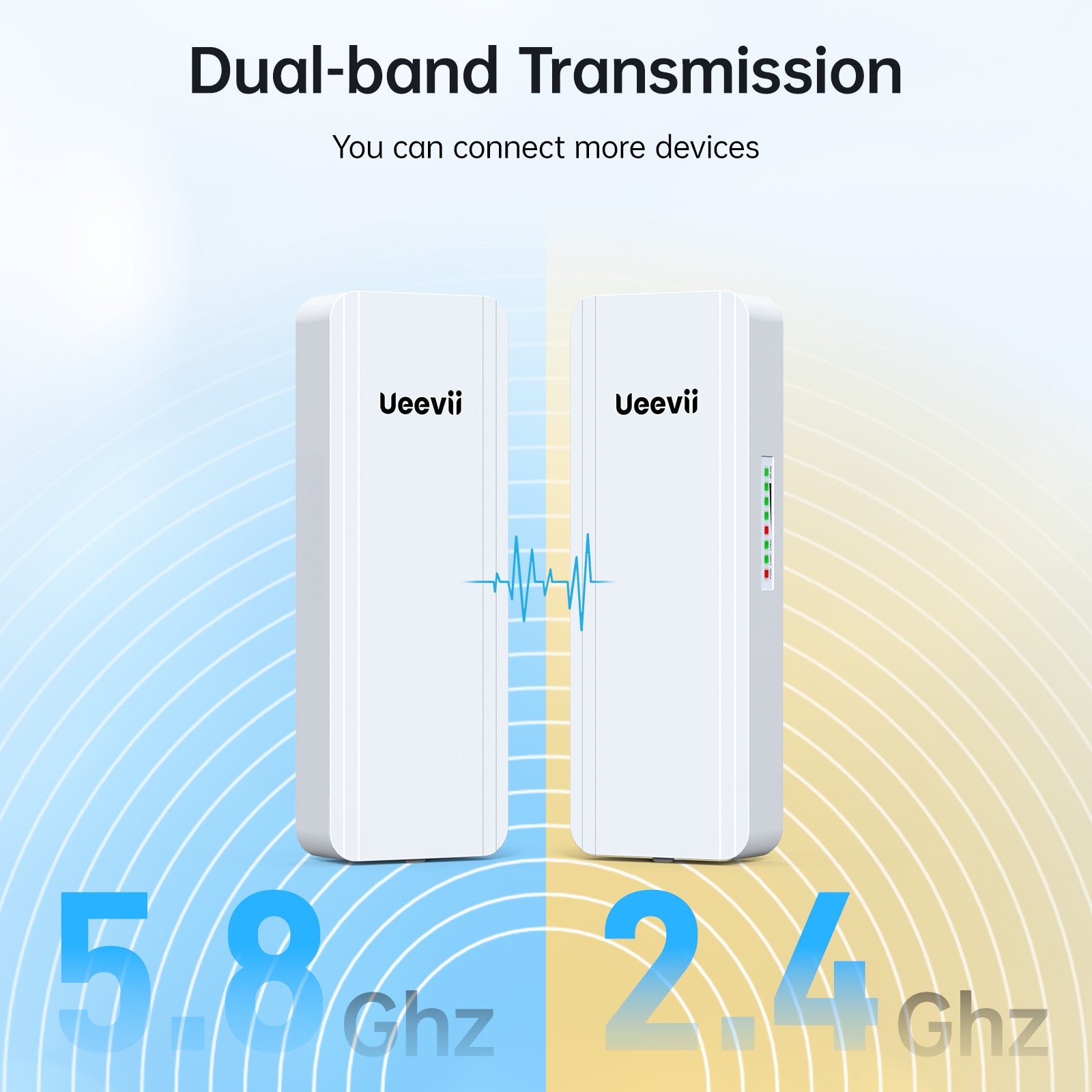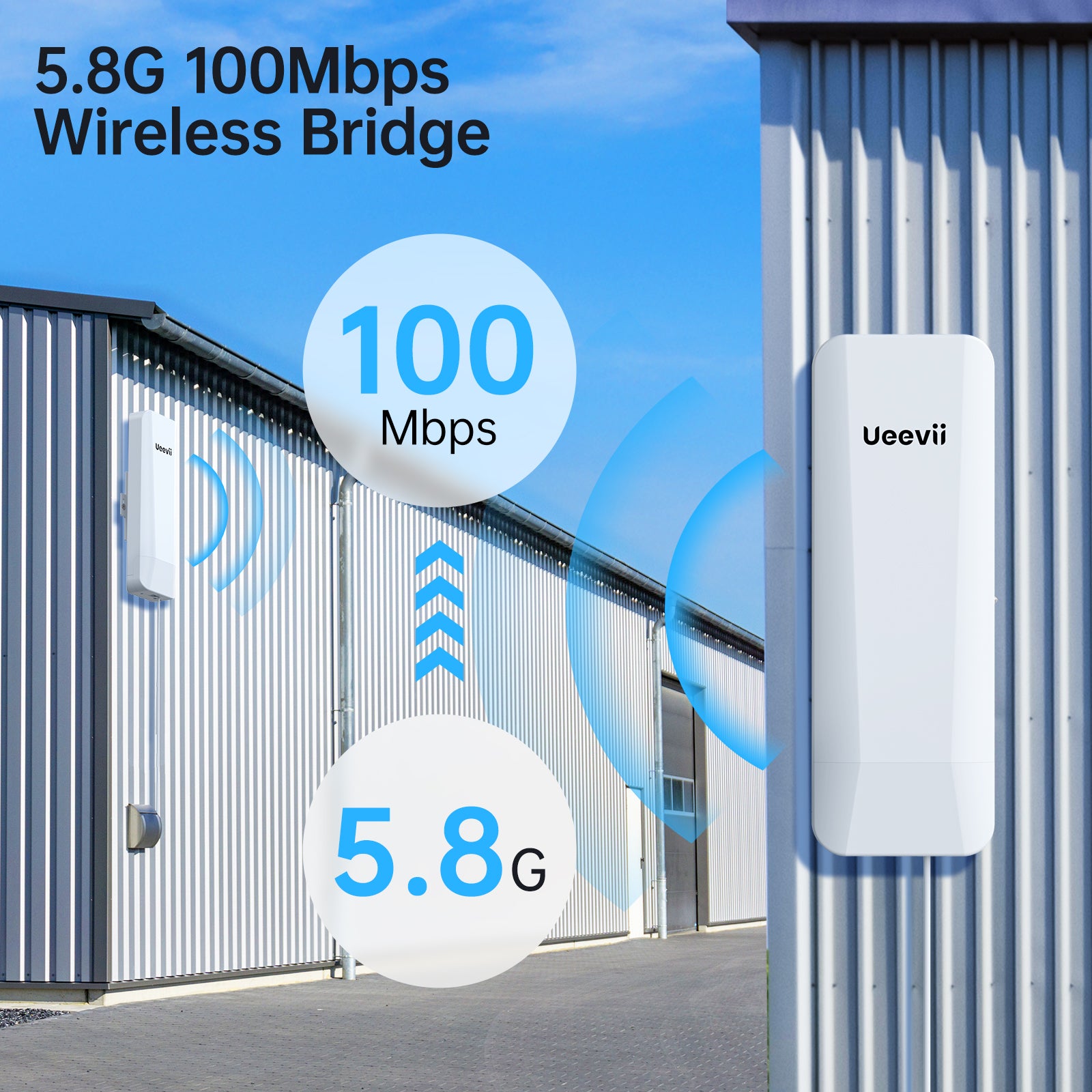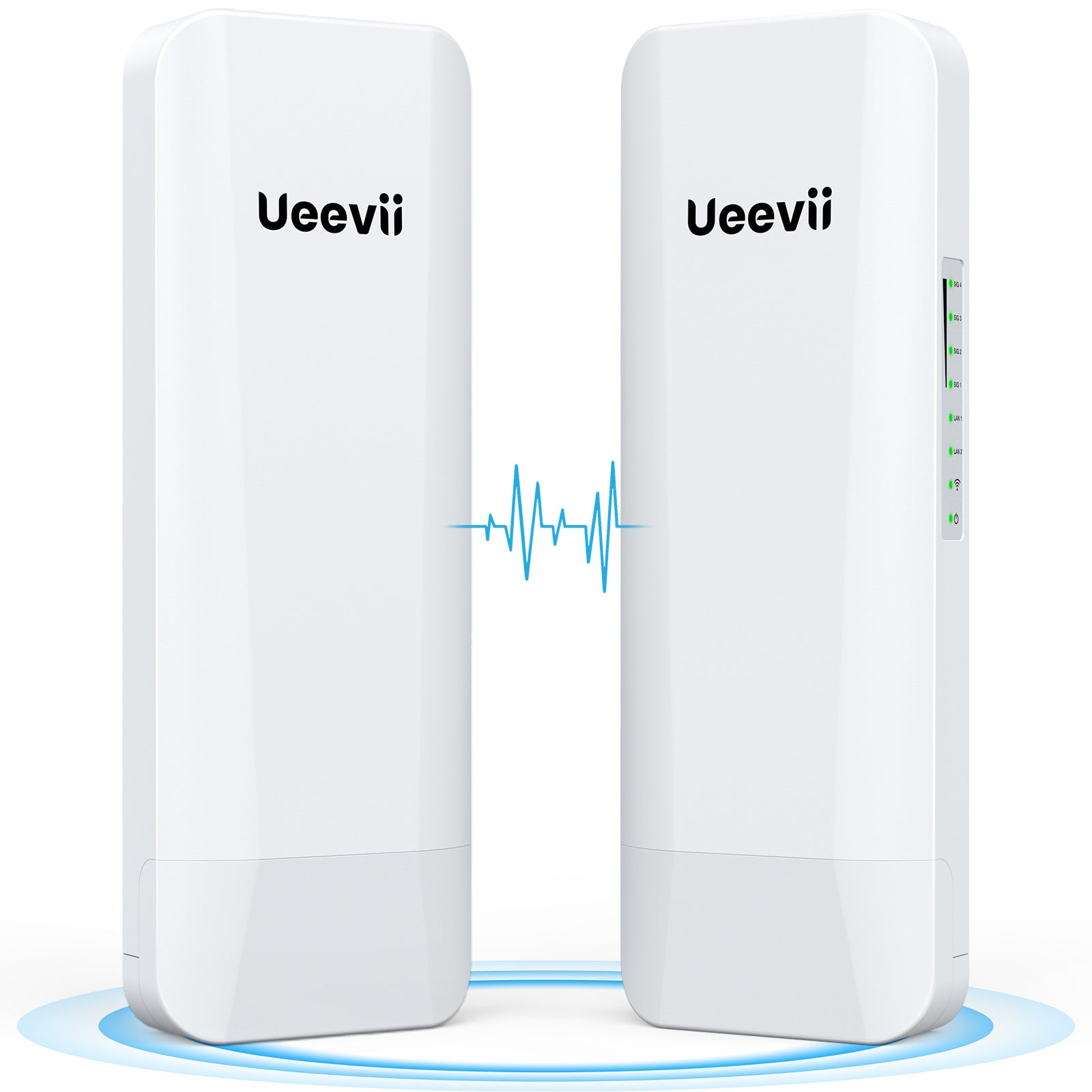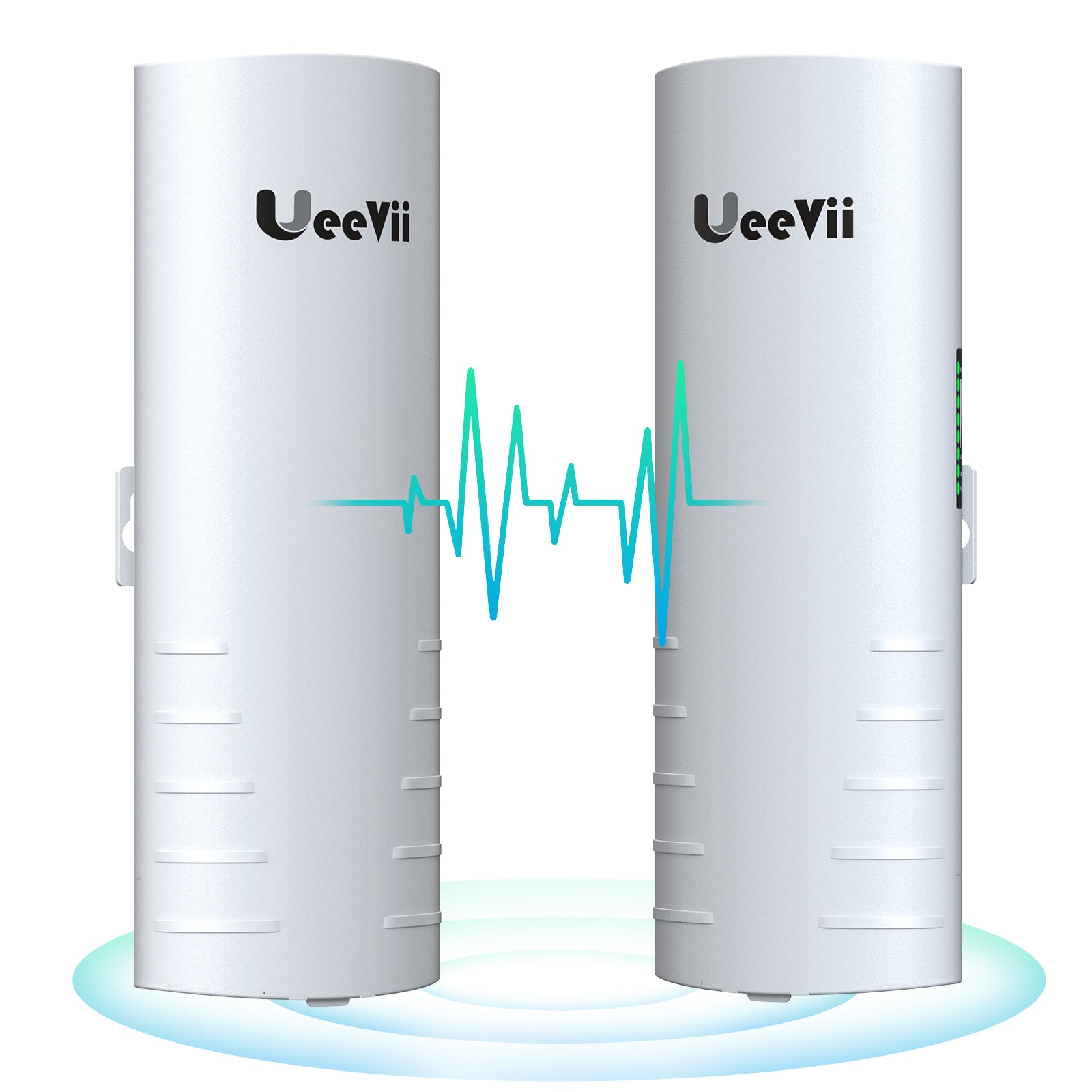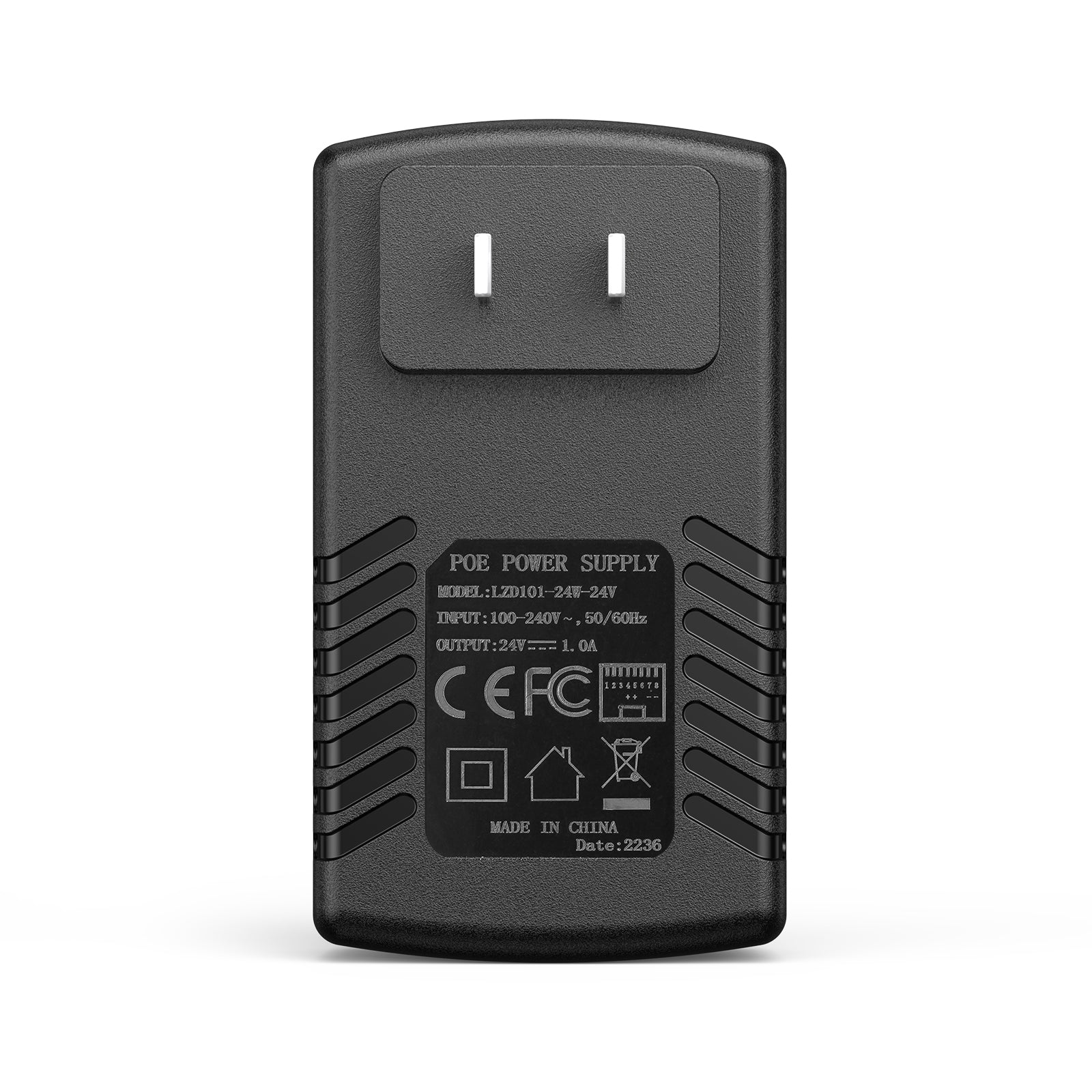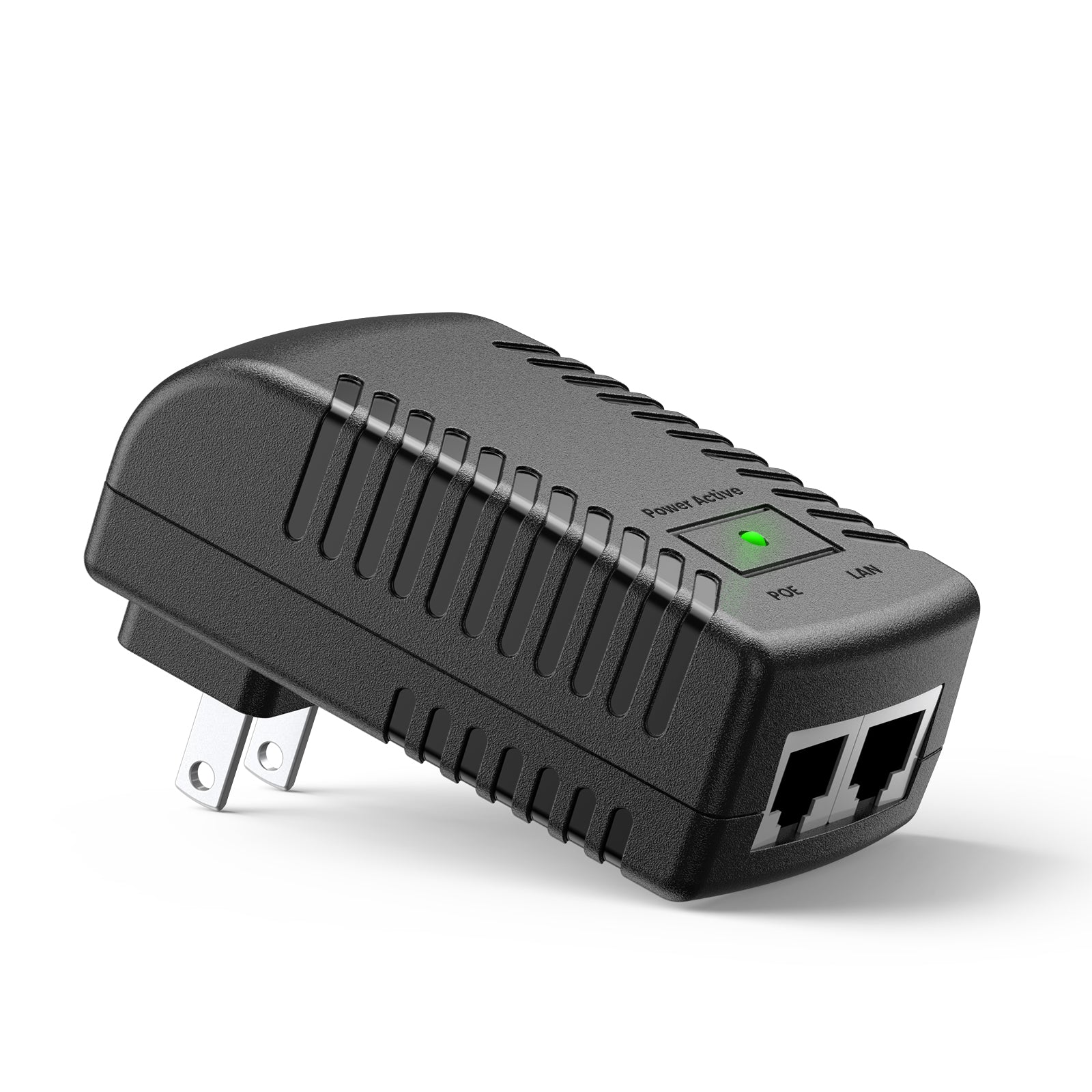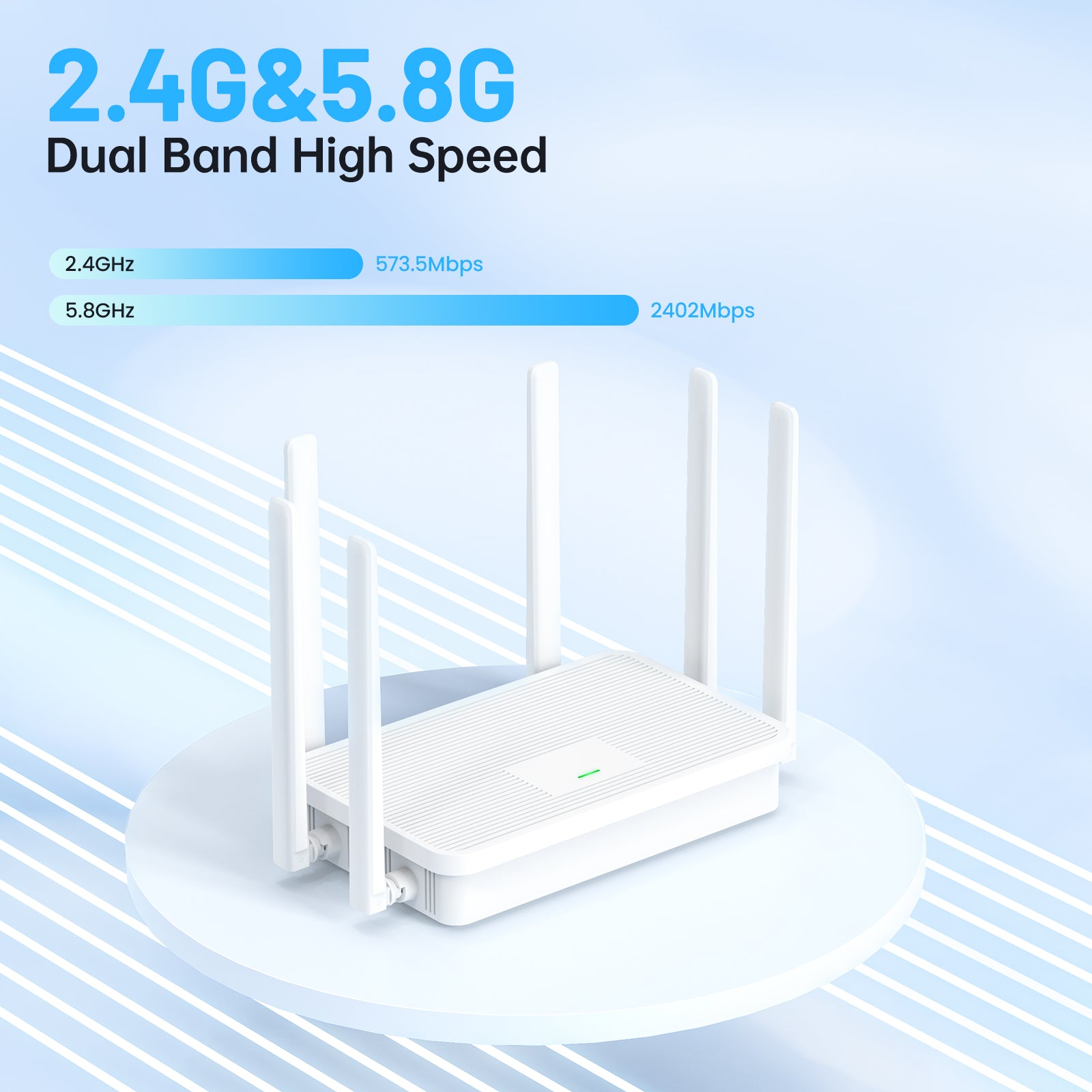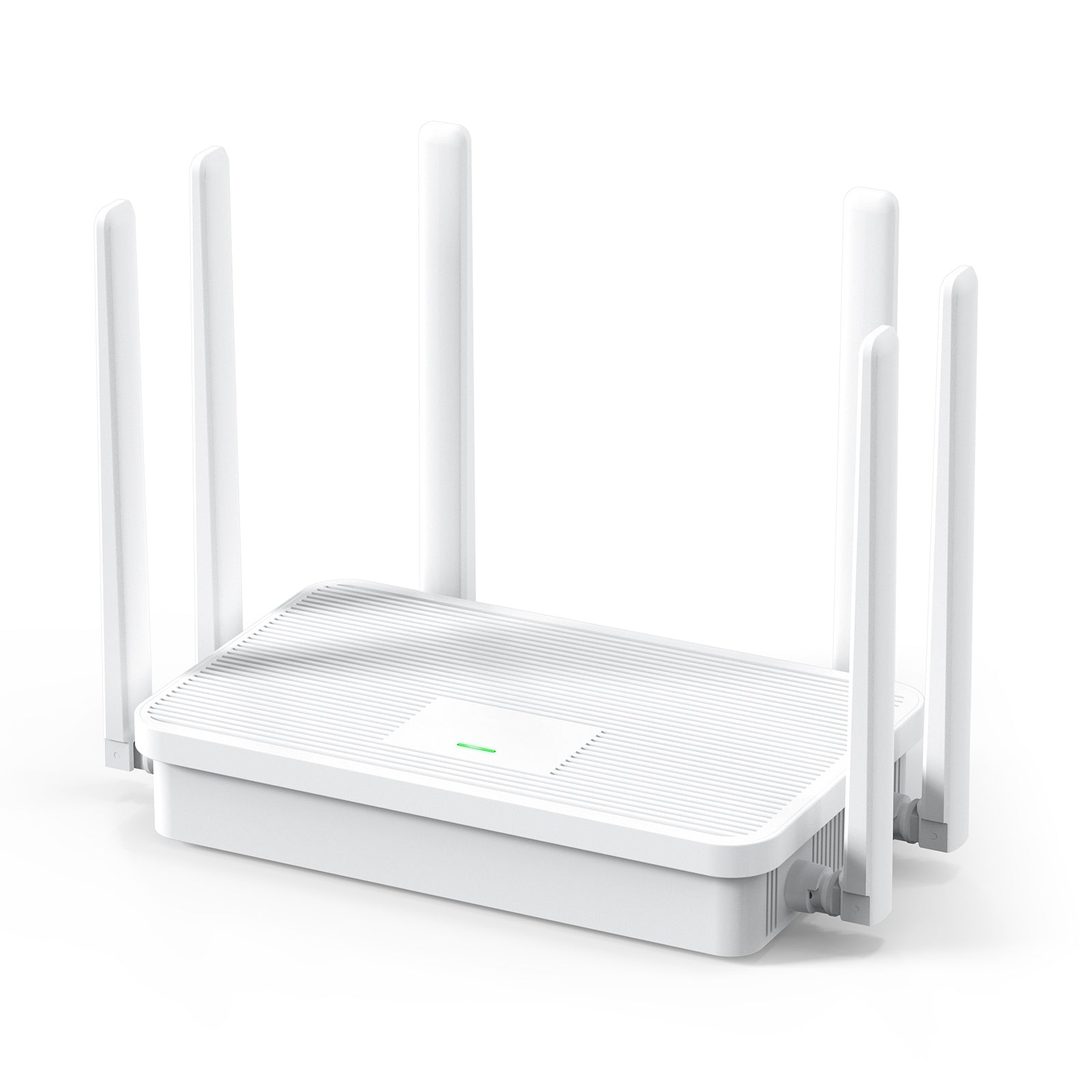Introduction to Wireless Bridge Technology
What is a Wireless Bridge?
A wireless bridge is a network device. It connects two or more network segments. This is done over Wi-Fi. It differs from Wi-Fi repeaters or extenders. They only expand coverage. Wireless bridges allow different networks to communicate. They are key in locations without wired infrastructure. They use various wireless standards. These include 802.11a, b, g, n, ac, and ax. Newer devices can also support wireless gigabit bridge protocols.

The Importance of Connectivity in Modern Networks
In the age of instant communication, the role of connectivity cannot be overstated. It's the backbone of modern networks, enabling seamless data flow and linking various devices. Wireless bridges, which connect networks across physical divides, are key players in this interconnected world. With no need for cabled infrastructure, they offer freedom and flexibility in network design. This makes them vital for remote areas and temporary setups. In essence, connectivity through wireless bridges aids business growth and social connectivity. It supports the demands of an ever-more digital society.
Advantages of Wireless Bridge Solutions
Wireless bridge solutions present several benefits important in today's interconnected world. These devices link different segments of a network, providing seamless communication. The advantages they offer include:
- Ease of Installation: Without the need to lay cables, setting up wireless bridges is much faster. They can connect remote locations with ease.
- Cost Savings: The reduction in cabling requirements also means significant cost savings, especially in large-scale deployments.
- Flexibility and Scalability: Wireless bridges offer the flexibility to expand networks without the physical constraints of wires. They can adapt to changing network topologies with relative ease.
- Reduced Downtime: By eliminating cables that can corrode or get damaged, wireless solutions reduce the potential for connectivity interruptions.
- High-Speed Connectivity: With the advent of wireless gigabit bridge technologies, high-speed data transfer is achievable, which is vital for bandwidth-intensive applications.
By incorporating wireless gigabit bridges, businesses and individuals can reap these advantages, enhancing their network's performance and reliability.
The Technological Advancements in Wireless Bridges
Breakthroughs in Wireless Bridge Design
Recent years have seen remarkable strides in wireless bridge design. Engineers have come up with slimmer, more robust models that withstand harsh conditions. They also created units with improved range and fidelity. This is a big leap in creating seamless network links over vast distances. Some designs now support high-speed wireless gigabit bridges, too. These allow for quicker data streams that support today's bandwidth-hungry apps. This progress made wireless bridges a key tool in modern network setups across the U.S.
The Impact of 5G on Wireless Bridge Capabilities
The advent of 5G technology marks a pivotal moment for wireless bridges. It paves the way for higher throughput and lower latency. With 5G, wireless bridges can handle more data at faster speeds. This is vital for both Internet of Things (IoT) devices and high-definition streaming services. In the U.S., 5G integration into wireless bridge systems is expected to boost network efficiency. It also allows for more robust connections across greater distances. This tech shift could transform how businesses and homes stay connected.
Innovations Enhancing Data Transmission and Network Reliability
The tech behind wireless bridges has seen major leaps. Manufacturers focus on making data flow faster and more reliable. With these new devices, users get less lag and better signal stability. A few key innovations stand out:
- MIMO Technology: Multiple Input Multiple Output (MIMO) uses several antennas. It boosts speed and range without extra power.
- Beamforming: This targets the Wi-Fi signal directly to your devices. It makes a more efficient network.
- Higher Frequency Bands: Using 60 GHz bands allows for faster data rates. It's known as 'wireless gigabit' because it's that quick.
- Dynamic Frequency Selection (DFS): This lets bridges switch channels to avoid interference. You get a steady connection even in crowded Wi-Fi areas.
Together, these innovations help wireless bridges meet today's heavy data demands. Users can enjoy a seamless connection, whether they're streaming movies or handling large files for work.
The Future of Connectivity: Wireless Bridges in the United States
Trends Shaping the Adoption of Wireless Bridges
In the United States, the future of wireless bridges is influenced by several trends. The demand for faster internet speeds and more robust networks drives adoption. As remote work becomes the norm, the need for reliable connectivity increases. The integration of the Internet of Things (IoT) devices further pushes the market growth. Additionally, advancements in wireless gigabit bridge technologies promise near-fiber speeds wirelessly. Environmental concerns also guide the design towards more energy-efficient models. These trends collectively foster an environment ripe for wireless bridge innovation and deployment.
How Regulation and Standards Influence Wireless Bridge Development
Regulations and industry standards play crucial roles in shaping wireless bridge technology. In the U.S., the Federal Communications Commission (FCC) sets rules for radio spectrum use. These rules ensure that wireless bridges operate without causing interference. Standards like IEEE 802.11 are vital for device compatibility. They ensure different wireless bridges can work together. This is key for consumers and businesses alike. As tech evolves, regulations and standards must keep pace to support innovation and safety.
Anticipating Changes in Consumer and Industrial Connectivity Needs
As wireless technologies advance, anticipating shifts in connectivity demands is crucial. Both consumer and industrial sectors expect more from wireless bridges. Users seek uninterrupted, high-speed internet. Industries aim for robust networks to support IoT and automation. Wireless bridges must evolve to meet such rising expectations. They may soon be central to homes, cities, and industries across the U.S. The future will likely hold more integrated, intelligent systems supported by these bridges.




